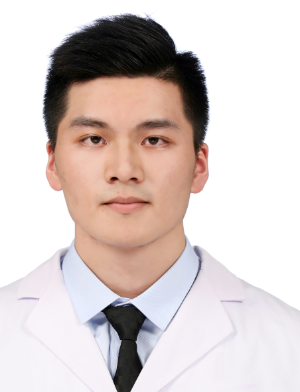Kai-Wei Shen
|
|
Functional investigation of proteins
|
Abstract
Cytochrome c oxidases (Cox) are universally conserved multi-subunit enzyme complexes, which terminate the respiratory chains in aerobic and facultative aerobic cells. They belong to the heme-Cu oxidase superfamily of proteins and require Cu in their catalytic centre for activity. Although the cbb3-type Cox of the α-proteobacterium Rhodobacter capsulatus has developed into a perfect model system for analyzing a tangled network of proteins for uptake and delivery of Cu, it is still largely unknown how Cu is specifically sensed and delivered into Cox. The main goal of my work is to reveal molecular details of a novel Cu-sensing mechanism and the temporal and spatial organization of the Cu insertion pathway.
In particular, the project comprises two parts:
1. Identify the underlying molecular mechanisms of Cu-induced ribosomal stalling.
A novel Cu-sensing mechanism that involves the largely conserved and secreted protein CutF was found by our group. This protein appears to induce a Cu-dependent translational arrest, which in turn favors the translation of a down-stream encoded multi-Cu oxidase. So far such a mechanism has not been described and the underlying mechanism is unknown.
2. Characterize the exact function of the periplasmic domain of cupric reductase CcoG.
CcoG is the first known bacterial membrane-bound cupric reductase that reduces cytosolic Cu(II) to Cu(I). CcoG is encoded in the ccoGHIS-operon of cbb3-type cytochrome oxidase (cbb3-Cox) assembly factors and required for full cbb3-Cox activity. CcoG consists of five transmembrane domains and a C-terminal immunoglobulin-like domain that is located in the periplasm. This domain is not present in all CcoG-homologues, and its function is unknown.
Methods
- Membrane protein expression and purification
- Reconstitution of Cu transport processes
- Cox activity assay
- Site directed and chemical cross-linking
- Ribosome-toeprinting assay
- Mass spectrometry




